Like most families, we have a few Thanksgiving traditions. Early morning we all make our way to the starting line of our local Turkey Trot road race. Some of us run, some walk, some ride in strollers. Later, everyone gathers at my house for a more-or-less traditional feast.
There are dishes I’d be happy to jettison that someone else loves, so they stay on the menu. Over the years we’ve had a few surprises: a turkey that cooked in half the expected time, another one that took so long we ate it for dessert. Our favorite surprise happened the year our daughter brought a homemade chocolate cream pie (my favorite!) in a crust she forgot to bake. She was distraught, but her little brother nevertheless ate a piece — and insisted that it was delicious. A true spirit of Thanksgiving moment.
In honor of this year’s holiday spirit, I’ve been looking for books about food and people who have a passion for it, or perhaps more accurately, a passion for putting love into the food they make. I immediately thought of 1994’s Like Water for Chocolate, of course, a novel and movie beloved by millions, but there are other novels, memoirs, and cookbooks about the mystical power of food that are equally worth a read. Here are five of them.
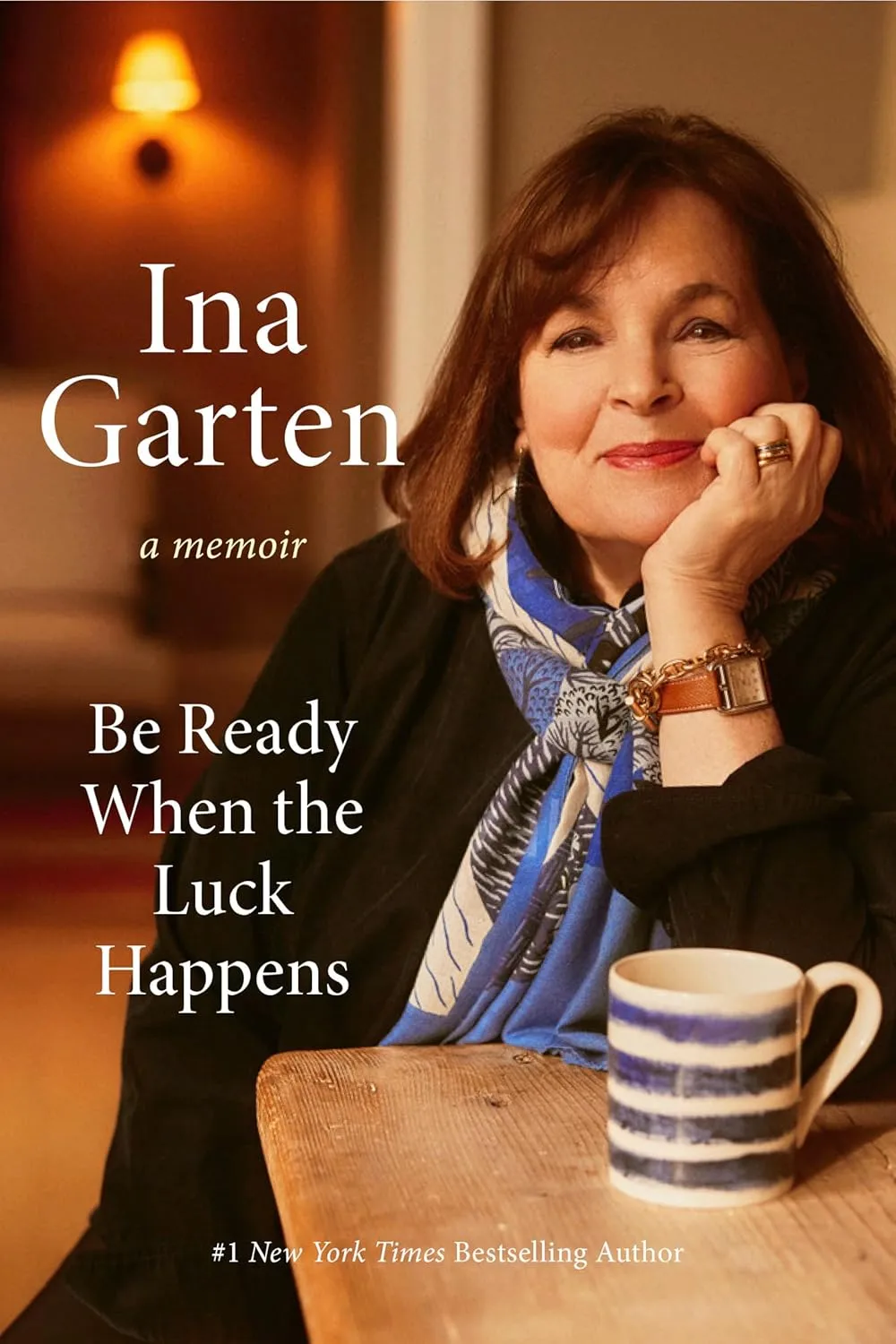
Be Ready When the Luck Happens by Ina Garten
Ina Garten’s memoir, Be Ready When the Luck Happens is a revelation. I own one of her cookbooks and have even been in the shop she once owned, but didn’t know her story. Her memoir describes a rather grim childhood in a home with little love or good food. Garten writes about spartan meals eaten at an almost silent table, with parents constitutionally unsuited to their role. How on earth did she become the sunny woman who made her life’s work bringing joy to others through food? She credits her husband, Jeffrey, whom she met in high school and married before she finished college. He “raised her” she says, and as a couple, they formed a true partnership that weathered crises, large and small, over their 50+ year marriage. It doesn’t take a shrink (although she credits a therapist for helping her heal from her childhood) to understand that Garten’s embrace of cooking, and friends and family to share it, is an antidote to her early years. Her care for others goes beyond the meals she serves to the friends she welcomes so readily, all the way to the homes of the cooks she imagines preparing food from her recipes. She chooses ingredients, techniques, and instructions designed to make every meal a success, because for Garten the point of a home-cooked meal is not to impress or instruct. It is to bring people together.
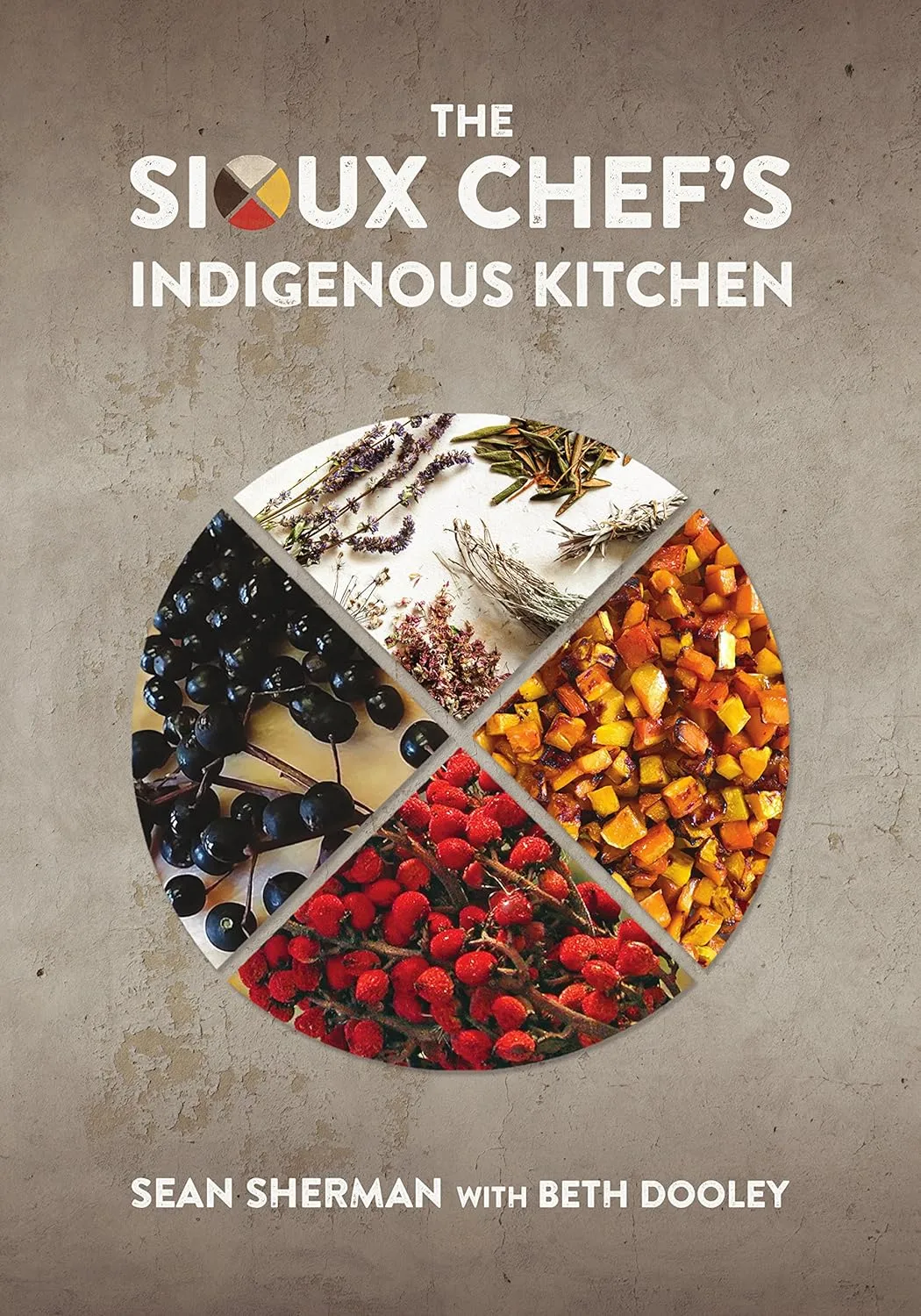
The Sioux Chef’s Indigenous Kitchen by Sean Sherman
The Sioux Chef’s Indigenous Kitchen by Sean Sherman is a more traditional cookbook that also includes some of the author’s biography. I had the great pleasure of dining at his Minneapolis restaurant, Owamni, and am eager to go again. Sherman was born on Pine Ridge Reservation in South Dakota and spent his early childhood roaming his grandfather’s ranch hunting, fishing, and foraging, hardly ever needing to purchase food for the family at a grocery store. When his parents split up he moved to town with his mother, who was too busy to do much food shopping or cooking as a returning college student with two young kids. At age 13 Sherman found a job in a restaurant kitchen as a busboy. He quickly worked his way up to cook and spent the next two decades on a quest to learn all he could about the cuisine of his ancestors. His recipes use almost no ingredients that weren’t in North America before the colonists arrived. His passion for the food is evident in his cooking — the food is clean, delicious, inventive — and also in his manner of feeding his guests. As Sherman says, “I tasted how food weaves people together, connects families through generations, and is a life force of identity and social structure.” The book is a treasure trove of original, delicious recipes that celebrate a way of living and eating that’s existed on this continent for centuries.
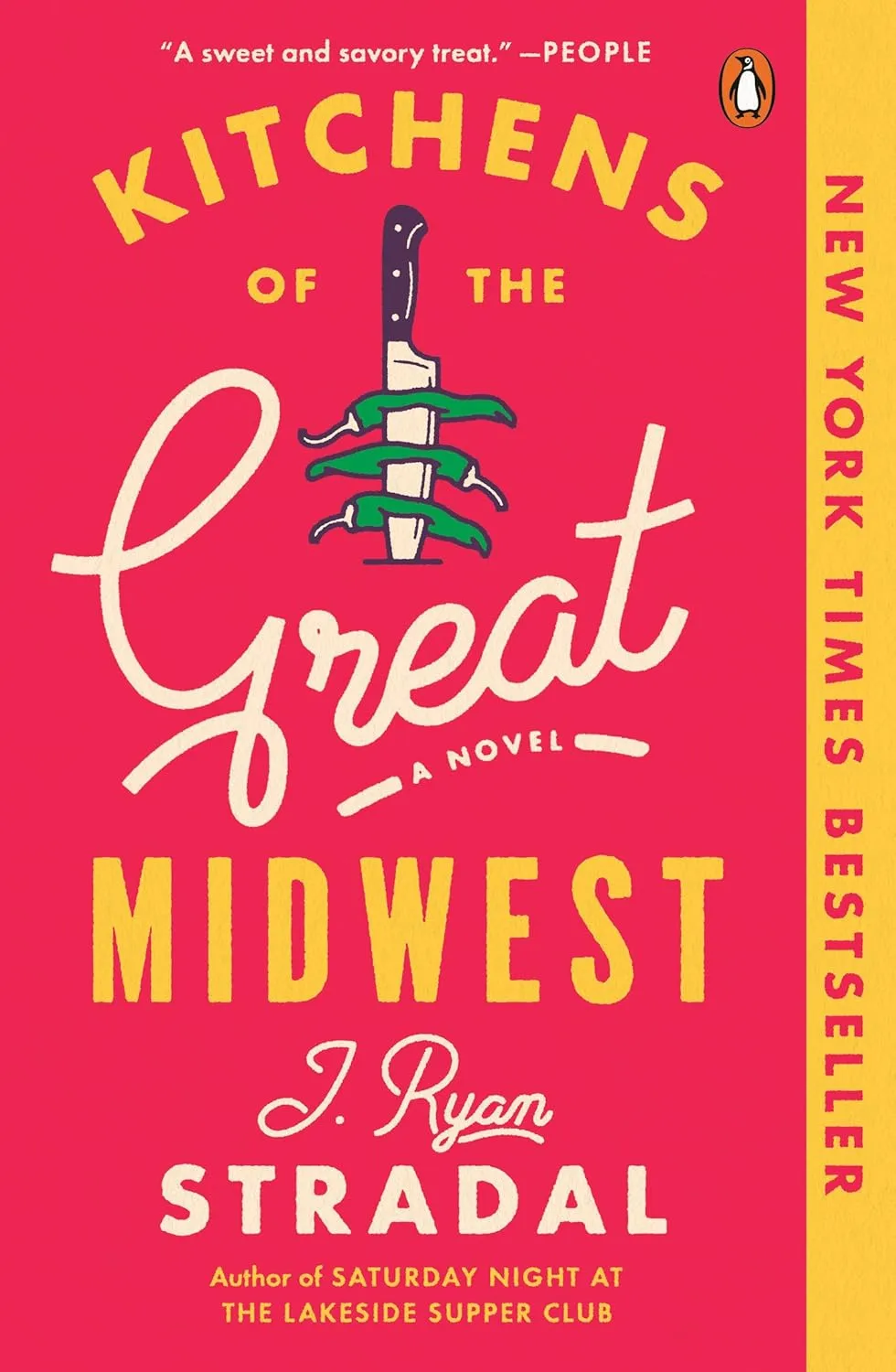
Kitchens of the Great Midwest by J Ryan Strada
Kitchens of the Great Midwest pokes fun at the foodie culture that approaches food from an entirely different perspective than that of Garten or Sherman. J Ryan Strada’s debut novel tells the story of Eve, daughter of a chef father and would-be sommelier mother, who loses both of her parents as a child and has to make her way in the world with her “once in a generation palate” that makes her vocation as a chef more or less inevitable. Each chapter, written from a different character’s point of view, recounts Eve’s life through their personal experiences with her. By the time Eve is so famous she can charge $5,000 a plate for one of her dinners, readers can only marvel along with Eve’s friend at the absurdity of choosing food for its perceived status. “She suddenly felt sorry for these people, for perverting the food of their childhood, the food of their mothers and grandmothers, and rejecting its unconditional love in favor of what? What?” The novel is a funny and warm meander through the highs and lows of Midwestern cuisine and the world of celebrity chefs. It is also a nudge to remember why we gather to share a meal in the first place.
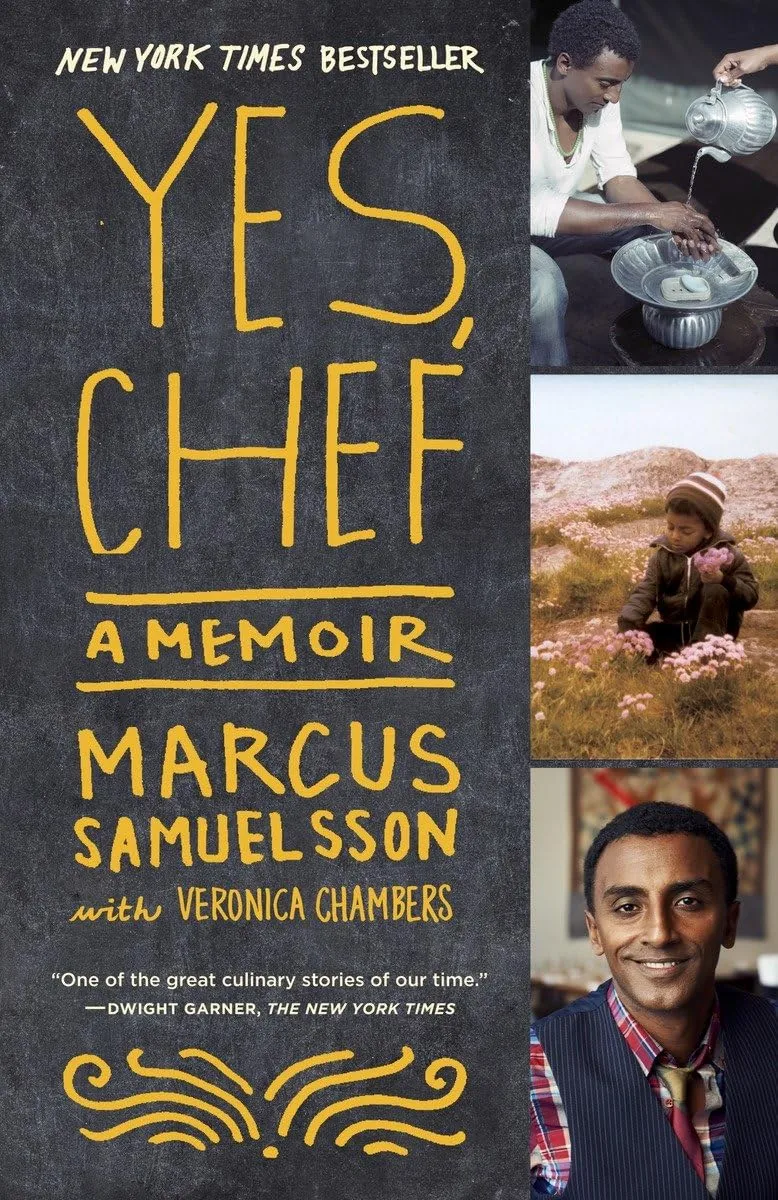
Yes, Chef by Marcus Samuelsson
Yes, Chef by Marcus Samuelsson is a moving memoir of an incredible life. Samuelsson (the last name of the Swedish family that adopted him and his sister from Ethiopia) seems born not only to cook, but also to be grateful. He is grateful for the impoverished birthmother he can’t even remember who, dying of tuberculous, walked 75 miles with her two young children to the nearest hospital in the hopes that they could be saved, even though she could not. He is equally grateful for his adoptive parents and his adoptive grandmother, who understood cooking on an intuitive level and taught her young grandson all she knew. The gratitude persists under the surface even when, later in life, he achieves tremendous success and loses maybe a little of his humility. When eventually he owns several restaurants, has regular gigs on television and is living a life bigger than the American Dream, Samuelsson still remembers, “One of the reasons that people enjoy coming to a great restaurant is that when an extraordinary meal is placed in front of them, they feel honored, respected, and even a little bit loved.”
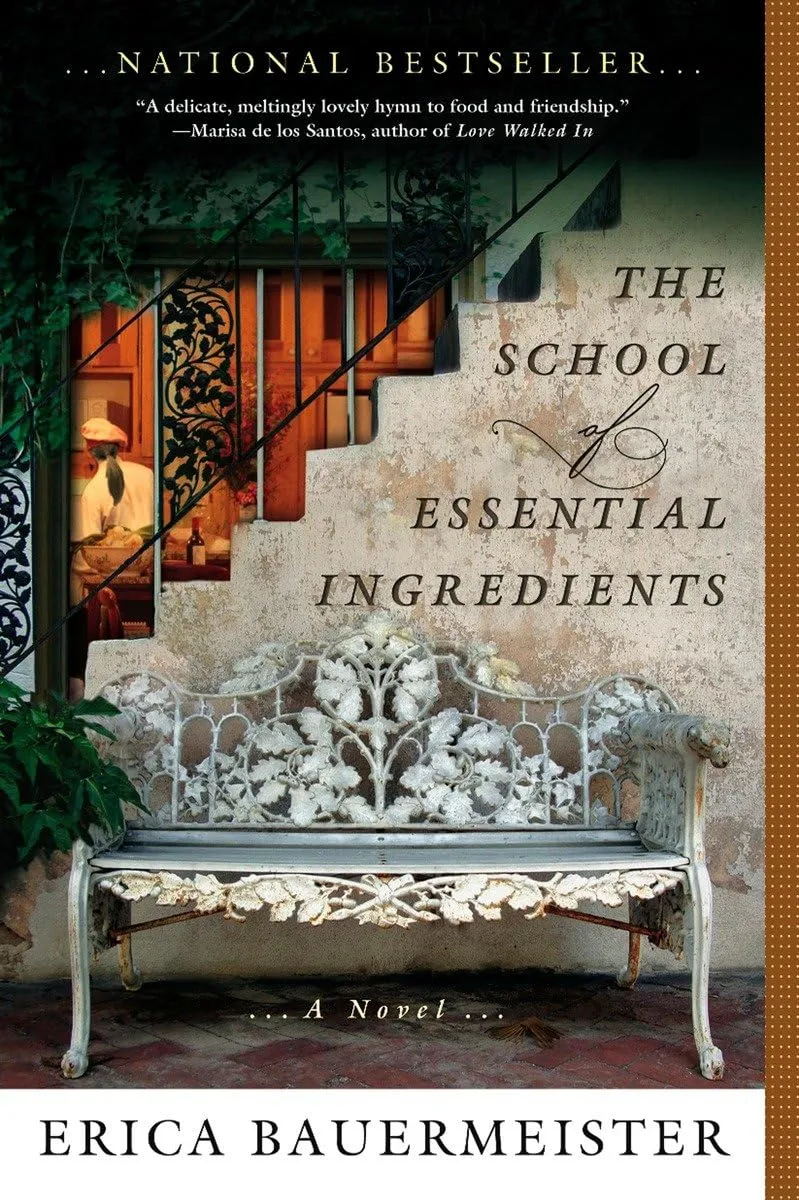
The School of Essential Ingredients by Erica Bauermeister
Erica Bauermeister’s The School of Essential Ingredients tells the story of Lily, a little girl who tries to get her remote mother’s attention through cooking, a skill she’s learned from an older neighbor who sees a child starving for love. Lily grows up to own a restaurant and cooking school where students are taught not recipes, but an appreciation for a particular ingredient’s characteristics and how it reacts when combined with other flavors. Every chapter revolves around a single student, each of them taking the class for personal reasons that have little to do with the desire to put a meal on the table. To describe the various reasons might make them sound trite or cliched, and that would be unfair because the book does not read that way. It is in fact quite touching. In my favorite chapter, the students prepare a Thanksgiving meal in teams of two using traditional ingredients (corn, turkey, cranberries) to create entirely new dishes to share. Lily encourages them to be brave, to take risks, to be willing to welcome each unique dish to the table. The same notion, Lily suggests, should apply to the humans at the table as well. As one student puts it, “ . . . the essence of Thanksgiving is about coming together. All these different people, with all their different lives, being a family.”
This year, whether you are the cook or the guest, may your Thanksgiving experience be full of flavor, a few laughs, and a lot of love.





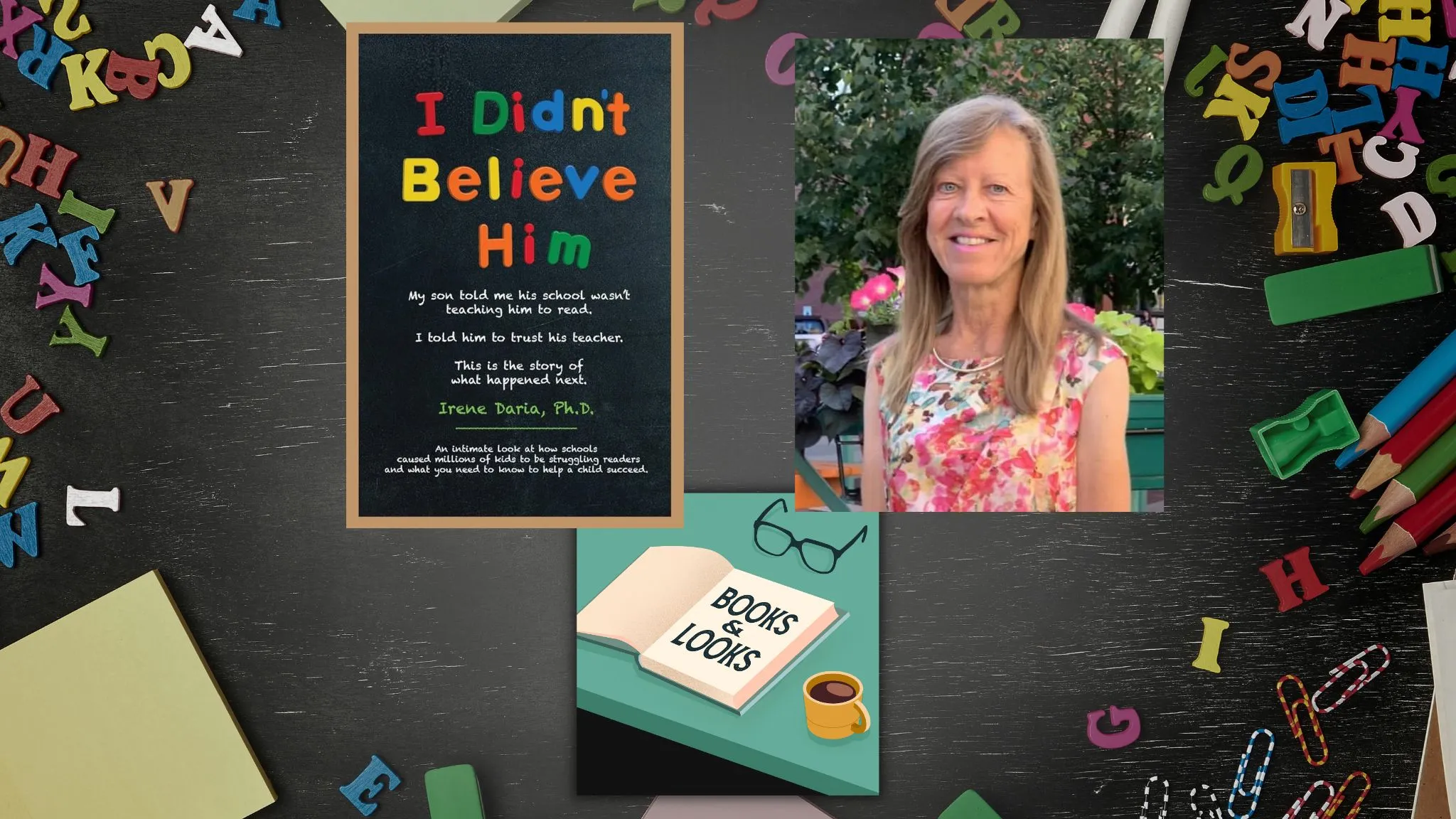



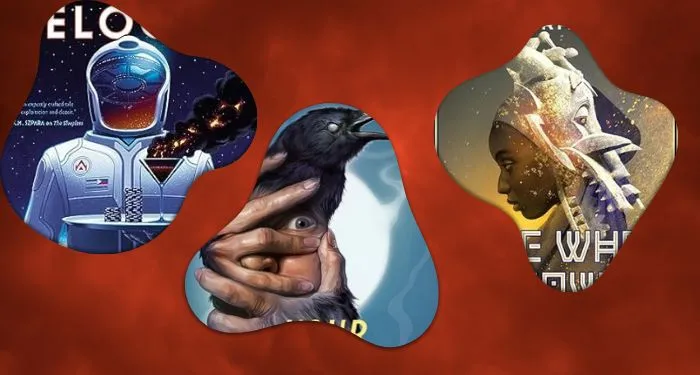









 English (US) ·
English (US) ·